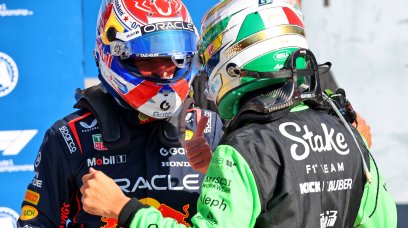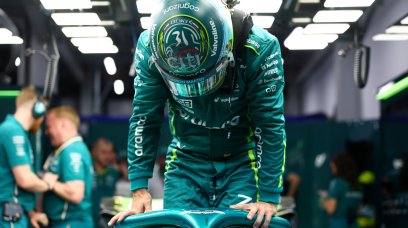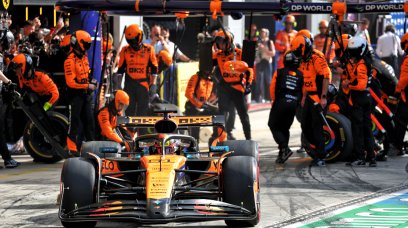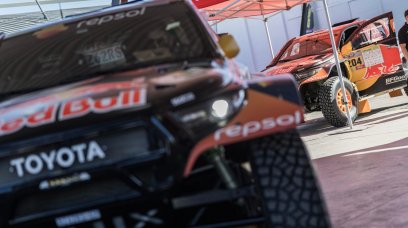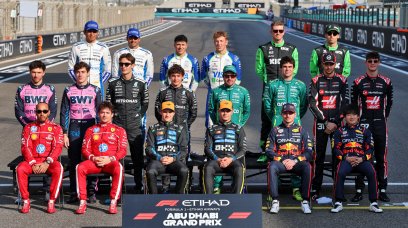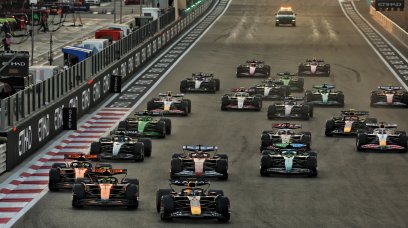This weekend, the Marina Bay Circuit, home of the Singapore Grand Prix, will host its 14th Formula 1 World Championship event. When F1 arrived in Singapore in 2008, it marked the first time that a World Championship Grand Prix took place at night. Over the years, it has made for a spectacular viewing experience, with a dazzling city background setting itself against F1 cars that throw up sparks with each bump they encounter around the track. In the seasons that have followed, more and more twilight races have been added to the calendar, including Bahrain, Abu Dhabi, Saudi Arabia, Qatar and most recently, Las Vegas. But Singapore’s nighttime serves a purpose that is deeper than creating fabulous imagery - it is part of the logistic challenge of hosting the race.
Upon arrival at the location, team members and drivers operate on European time. Singapore is currently five hours ahead of Central European time, meaning that just as the sun is creeping up on the horizon, F1 personnel will be tucking themselves into bed. Around lunchtime, they awake and have breakfast, meeting those who are taking their midday meals. It is a strange concept, but eliminates the threat of jet leg and ensures that there is no overhanging tiredness to disrupt the flow of the race weekend. It also means that for those who are working back at the factory, there is little difference when it comes to work schedules and operating within the same time frame as those at the race track. Aside from the challenge of navigating the time zones, Singapore itself is one of the most challenging race weekends of the year. The temperature is often soaring over 30 degrees, and with Singapore being one of the most humid locations on earth, it only adds to the challenge that the drivers have to keep their cars out of the walls that line the circuit.
Most read

